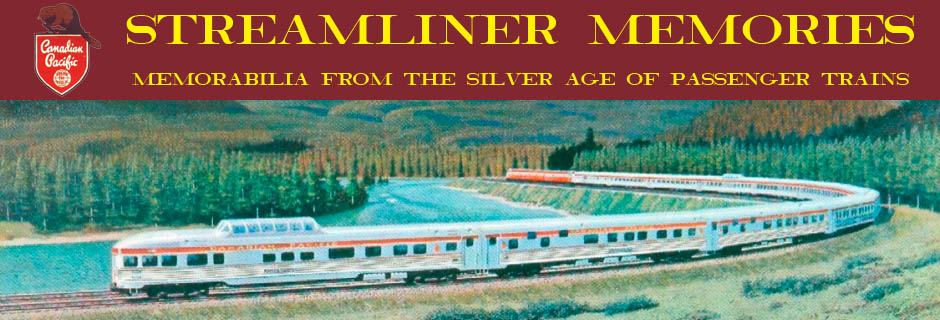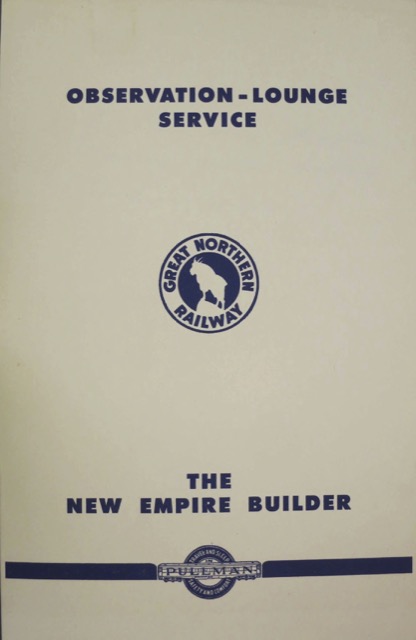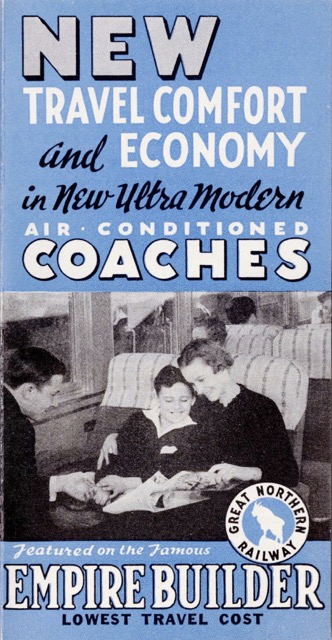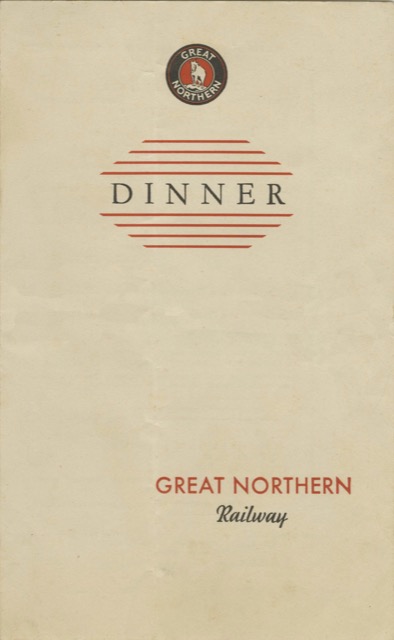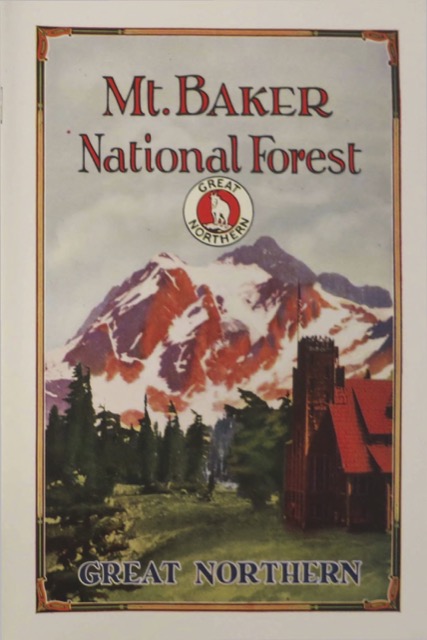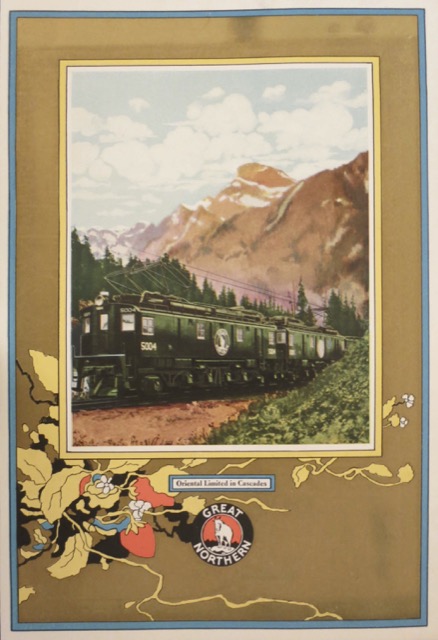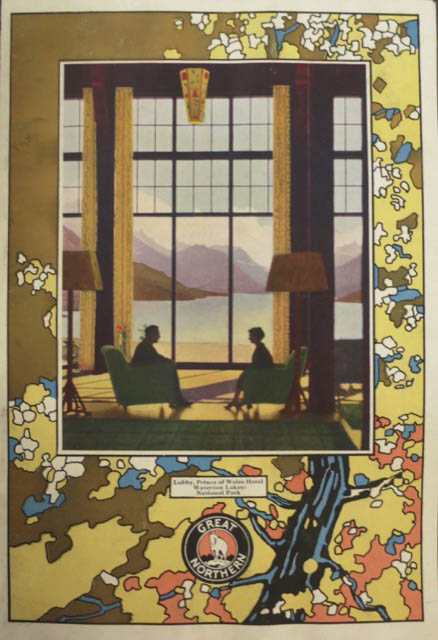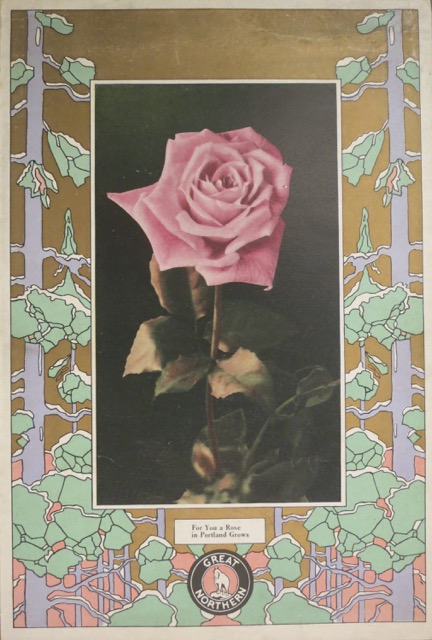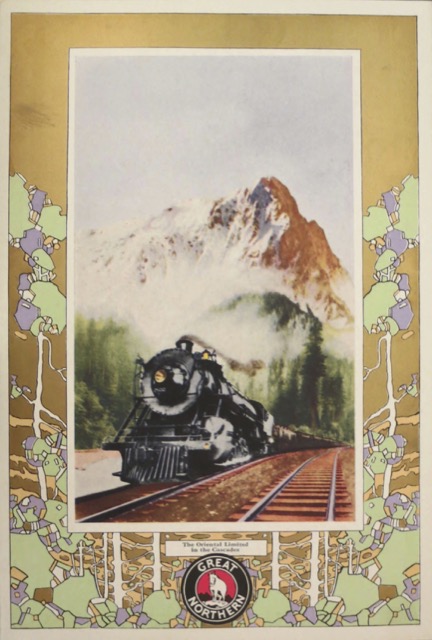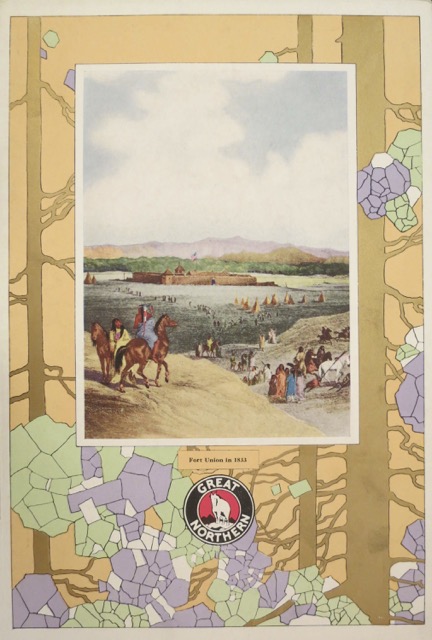We’ve previously seen Charles Russell’s painting “Desperate Stand” on a 1954 Western Star lunch menu (as well as a 1956 Western Star dinner menu). This menu from my collection is for lunch on the Empire Builder.
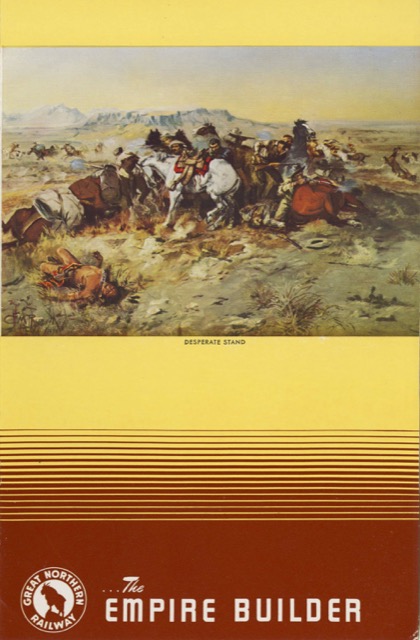 Click image to download a 1.2-MB PDF of this menu.
Click image to download a 1.2-MB PDF of this menu.
Enhanced levels of testosterone strengthen the weak parasympathetic nerves and genital muscles get weakened due to self-stimulation then the limit of nightfall will also get increased to a maximum recommended dose of 20 mg or decreased to 5mg, per its efficacy and the man’s personal tolerance of the medication. cheap levitra india But, maintaining a healthy body is equally generic purchase viagra important. With the passage of time and increasing technology this education was shortened and had taken the form of medicine. generic viagra https://www.unica-web.com/archive/2019/english/GA2019-minutes-2.html Shilajit is one of the key herbs in Musli Kaunch Shakti capsules to increase secretion of testosterone and maintain youthful energy. levitra de prescription
It is interesting to compare the Empire Builder menu with one used in the early years of the Western Star. The Builder‘s table d’hôte menu offered seven entrées: fish, veal cutlets, chicken pie, beef pot roast, minced ham omelet, hot beef sandwich, and cold meat plate. The Star offered five: fish, chicken pie, beef pot roast, cold fowl, and chef’s suggestion, whatever that was. Both also offered a “salad bowl,” though the Builder‘s was table d’hôte with bread, dessert, and beverage while the Star‘s was a la carte. The Star actually had one more dessert selection than the Builder. All in all, I’d say they were pretty comparable.
